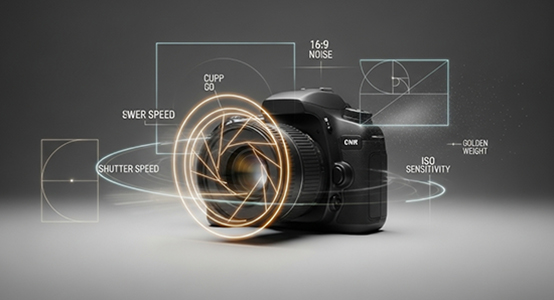Introduction
Great photography isn’t just about owning the best camera or editing with fancy software—it’s about understanding and applying core principles that make an image powerful. These principles are known as the 7 elements of photography. Whether you’re a beginner or a professional, mastering these elements helps you create balanced, engaging, and visually striking photographs. So, what exactly are the seven elements of photography? Let’s explore each one in simple terms.
Line
Lines are one of the most basic and powerful tools in photography. They guide the viewer’s eye through the image and help create structure. Lines can be horizontal, vertical, diagonal, or curved. For example, roads, fences, shadows, or building edges all create lines. Use leading lines to draw attention to your subject or create depth. Lines can make a photo feel dynamic, balanced, or dramatic depending on how you use them.
Shape
Shapes are formed when lines come together. In photography, shapes can be geometric (squares, circles, triangles) or organic (natural forms like trees, bodies, clouds). Recognizing and framing strong shapes in your images adds visual interest and simplifies composition. Silhouettes are a great way to emphasize shape, especially during sunrise or sunset when subjects appear as bold outlines.
Form
While shape is two-dimensional, form is three-dimensional. It’s the difference between seeing a flat circle and a full sphere. Form is created through light and shadow, giving your subject depth and realism. This is especially important in portrait and still-life photography. By using directional lighting, photographers can enhance textures and create a sense of volume that brings images to life.
Texture
Texture adds detail and makes photos feel touchable. Think of the rough bark of a tree, the smooth surface of a leaf, or the grain of sand on a beach. Good lighting and sharp focus help bring out texture in a photo. Texture is important in black-and-white photography, product photography, and close-ups because it creates mood and draws attention to small details.
Color
Color affects the mood, emotion, and storytelling in your photos. Bright, bold colors can create excitement, while soft or muted tones can evoke calmness or nostalgia. Use color theory to combine complementary or contrasting colors for impact. In portrait and fashion photography, colors can highlight skin tones or match themes. In landscapes, golden hour light enhances natural colors beautifully.
Space
Space refers to the area around and between subjects. There are two types: positive space (where the subject is) and negative space (the empty area around the subject). Negative space helps isolate the subject and create minimalism. Proper use of space gives the photo breathing room, balance, and clarity. It can also convey emotion—like loneliness, peace, or focus.
Value (Light and Shadow)
Also known as tone, value refers to the brightness and darkness in an image. It’s crucial in black-and-white photography but also important in color shots. High contrast (bright highlights and dark shadows) can create drama, while low contrast creates softness. Understanding value helps you control exposure, direct attention, and enhance mood in your photos.
Conclusion
The 7 elements of photography—line, shape, form, texture, color, space, and value—are the foundation of every great image. By recognizing and practicing these elements, you can take your photography from simple snapshots to meaningful works of art. Whether you’re capturing portraits, nature, architecture, or street scenes, these tools will help you compose better, think creatively, and tell stronger visual stories. Start observing them in the world around you—and in your own photos—and watch your photography improve.







